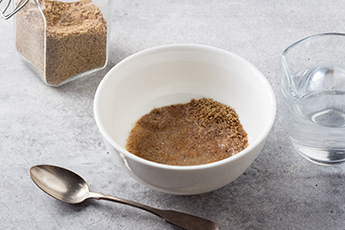We have heard there are beaches in the Maldives that glow in the dark. Right about now, it would be nice to enjoy some beach time. But, it looks more like stress testing time than beach time.
While there are routine things to look for when stress testing in today's world, there are also some new areas to address. In order to help you with this, today we provide you with our six Stress Testing Tips for COVID-19.
- Sensitivity Testing. COVID-19 is an example of the need to do sensitivity testing as well as scenario testing. For instance, can my portfolio withstand an event that is one, two, or three standard deviations (that the far outer edges of normal might be), regardless of where the pressure comes from? Consider sensitivity back-testing to document how specific actions, by your institution and the government, remediated events.
- NAICS. Conventional stress testing of loan types may be useful, but does it capture the difference between essential and non-essential businesses? You may find it more valuable to test by NAICS (North American Industry Classification System). That is specifically test hotels, restaurants, bars, gaming, etc. rather than CRE or C&I. In some counties, bars that serve food have been allowed to open, while bars without foodservice have not.
- Supply Chain Relationships. Remember to look at your supply chain relationships, especially in Agriculture and C&I. Just-in-time supply chain businesses are hit hard and some continue to struggle, as different parts of the economy move forward. A few weeks ago, there were concerns about oil storage, and more recently, there are concerns about meat processors. As the economy restarts county by county, future disruptions in the supply chain are likely to happen.
- Dig Deeper. After looking at the direct impact from supply chain relationships, dig a little deeper. Are the revenues that support debt service coming from those NAICS businesses that have been deemed non-essential or eligible for future phased openings? For example, apartment buildings located near non-essential businesses such as gaming in Las Vegas, or near a meatpacking plant.
- Loan Structures. Finally, pay attention to loan structures. Balloons that are coming due have a greater chance of becoming a Troubled Debt Restructure (TDR) with charge-offs. Borrowers may not be able to qualify for refinancing due to lost revenue to cover debt service and/or falling values due to CRE demand shifting due to work-from-home practices.
- Liquidity. In addition to credit, don't forget liquidity. Depositor balances are moving in ways that you may not expect as PPP funding arrives, but then is used as intended, to rehire employees. Many businesses that are reopening are finding expenses higher than expected, due to cleaning and extra protective equipment for staff combined with lower revenues. Don't forget government sector balances as taxable activities have been reduced.




